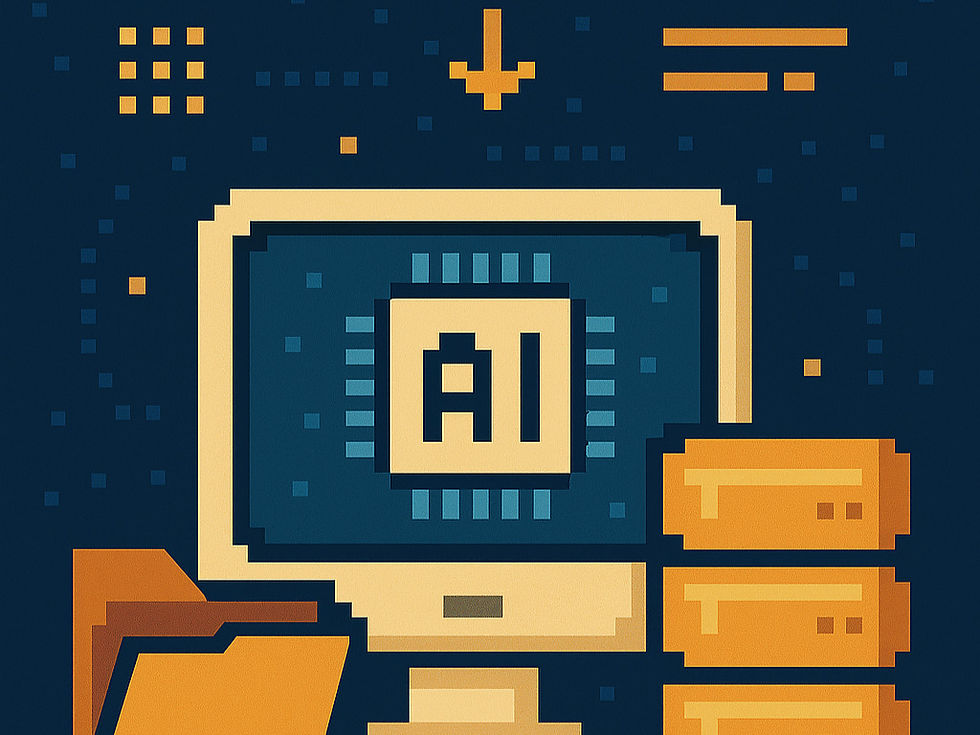What is Tabular Data in AI?
- learnwith ai
- Apr 7
- 2 min read

Tabular data is organized in rows and columns, much like an Excel sheet. Each row typically represents a single observation or instance, while each column holds a specific feature or variable. This form of structured data allows for clear labeling, consistent formatting, and straightforward manipulation, which is crucial for analysis and model training.
Examples of tabular data include:
Customer purchase records
Financial transactions
Medical patient histories
Survey responses
Why is Tabular Data Important in AI?
Tabular data plays a central role in many machine learning applications, especially in business, healthcare, and finance. It allows for:
Easy Labeling for Supervised Learning With clear labels and features, supervised models can quickly learn from historical examples.
Efficient Data Cleaning and Processing Tools like pandas in Python make preprocessing tabular data efficient and scalable.
Rich Historical Context Structured datasets often contain rich context, enabling predictive modeling, classification, and regression tasks.
Common Machine Learning Algorithms for Tabular Data
Some algorithms are especially well-suited for working with tabular data, such as:
Decision Trees
Random Forests
Gradient Boosting (like XGBoost and LightGBM)
Logistic Regression
k-Nearest Neighbors
These models can capture relationships between features and make accurate predictions, even when the data has many variables.
Tabular vs. Other Data Types
In the AI ecosystem, data is not one-size-fits-all. Tabular data differs from:
Text Data: Unstructured, requiring natural language processing.
Image Data: Pixel-based, processed through convolutional neural networks.
Time Series: Often tabular but with a time component that introduces sequence modeling needs.
Graph Data: Structured differently, focusing on relationships rather than tabular format.
Despite the rise of complex unstructured data, tabular data remains the backbone of many real-world AI systems.
Challenges with Tabular Data
While tabular data is powerful, it’s not without challenges:
Missing Values
Inconsistent Formats
Imbalanced Classes
High Dimensionality
Handling these challenges requires domain expertise and robust preprocessing strategies.
Future of Tabular Data in AI
The rise of deep learning once cast a shadow over traditional tabular data modeling. However, innovations like TabNet and transformer-based models designed for tables are bridging the gap. These advances allow neural networks to learn from tabular data without the need for extensive manual feature engineering.
Conclusion
Tabular data might not be flashy, but it is the silent workhorse behind many AI successes. From predicting customer churn to detecting credit card fraud, its impact is felt across industries. For anyone entering the world of AI, understanding tabular data is a critical first step.
.png)


